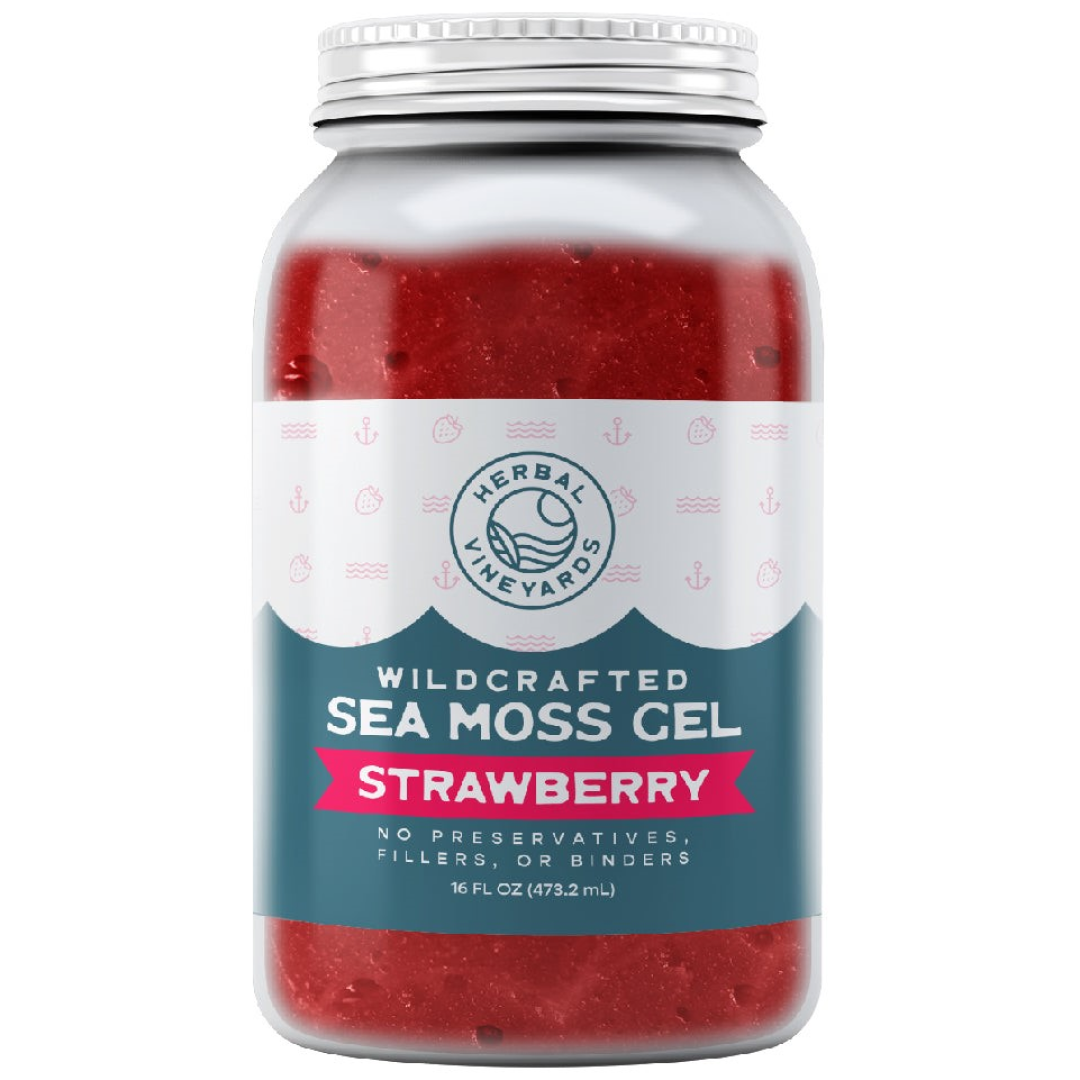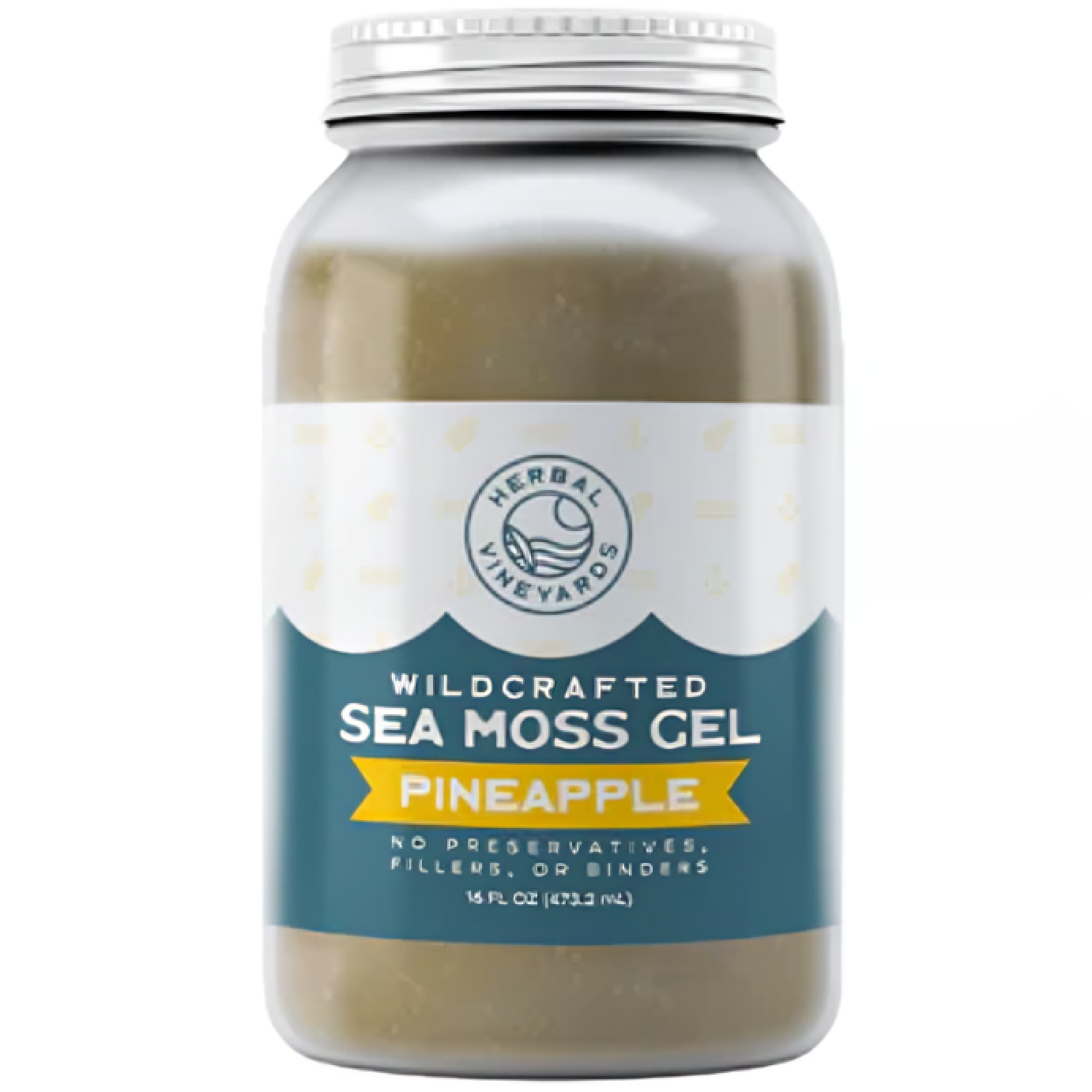Are there Any Downsides to Consuming Sea Moss?
While the benefits of sea moss seem to be never-ending, and side-effects are deemed minimal by experts, there are certainly some things to consider before adding this super-alga into your dietary regimen.
Let’s look into some of the things you should take into account before trying sea moss for the first time.
Things to Consider Before Trying Sea Moss
Here are a few things experts have pointed out that you might consider before trying out sea moss:
- Remember that no food is an all-cure answer for all health problems. Similarly, no beauty product featuring sea moss will cater to all your skin needs. Consistent use is requiredfor effective results.
- Sea moss lotions and creams can be used daily. The active ingredients require sufficient contact time with the skin for your body to efficiently absorb the nutrients within sea moss and reap the benefits.
- Since sea moss is pretty much tasteless, it can bemade into a gel and added to various food items, such as soups, smoothies, and desserts. Powdered sea moss can also be added directly to smoothies; always remember to follow the serving size mentioned on the product label.
Risks to Look Out for When Consuming Sea Moss/Sea Moss Products
Here are some important tips you should look out for to minimize risks and any side-effects from consuming sea moss.
- Don’t Overdose on Iodine
Sea moss is fairly rich in iodine, and higher doses of this mineral can pose risks for individuals with autoimmune thyroid conditions, such as Hashimoto's. The latter is a disease which involves the immune system to mistakenly attack the body’s thyroid gland. In Hashimoto's, high levels of iodine may trigger hypothyroidism, a condition in which the thyroid gland does not produce sufficient thyroid hormones.
High level of iodine intake can also cause a burning sensation in the mouth and stomach, fever, nausea and vomiting. Hence, moderation is key–the US Food and Drug Administration (FDA) advise taking 150 mcg of iodine daily. Since a single gram of seaweed may contain anywhere from 16 to 2,984 mcg of iodine, it is very important to pay close attention to nutrition labels.
- Watch Out for Allergic Reactions or Side-effects
If you start experiencing negative side effects or allergic reactions after consuming or applying sea moss (topicals), immediately stop using the product and consult a doctor. Signs to watch out for include irritation, itchy throat or nausea, redness, swelling, burning or stinging, or difficulty breathing.
Sea moss is generally considered safe for use, but by keeping an eye out for the points mentioned above you can rest assured you’re on the right track.
Check out our list of wildcrafted sea moss products here.
Reference:
https://www.shape.com/healthy-eating/diet-tips/irish-sea-moss-benefits-carrageen







